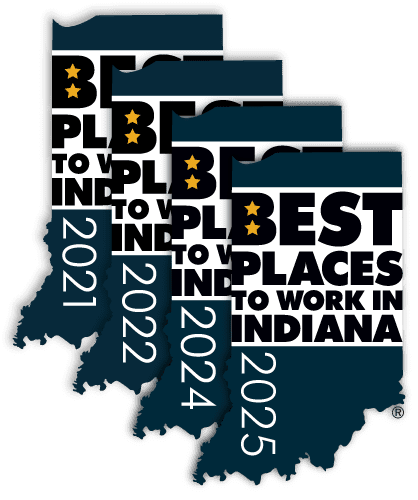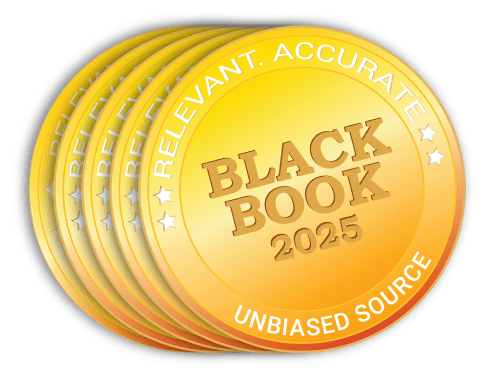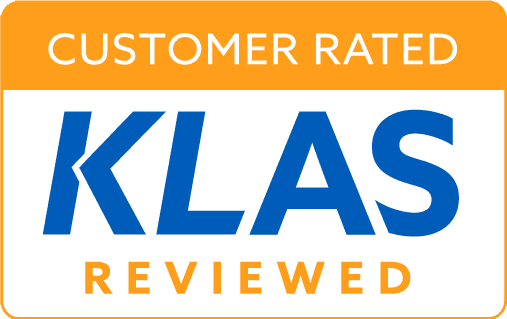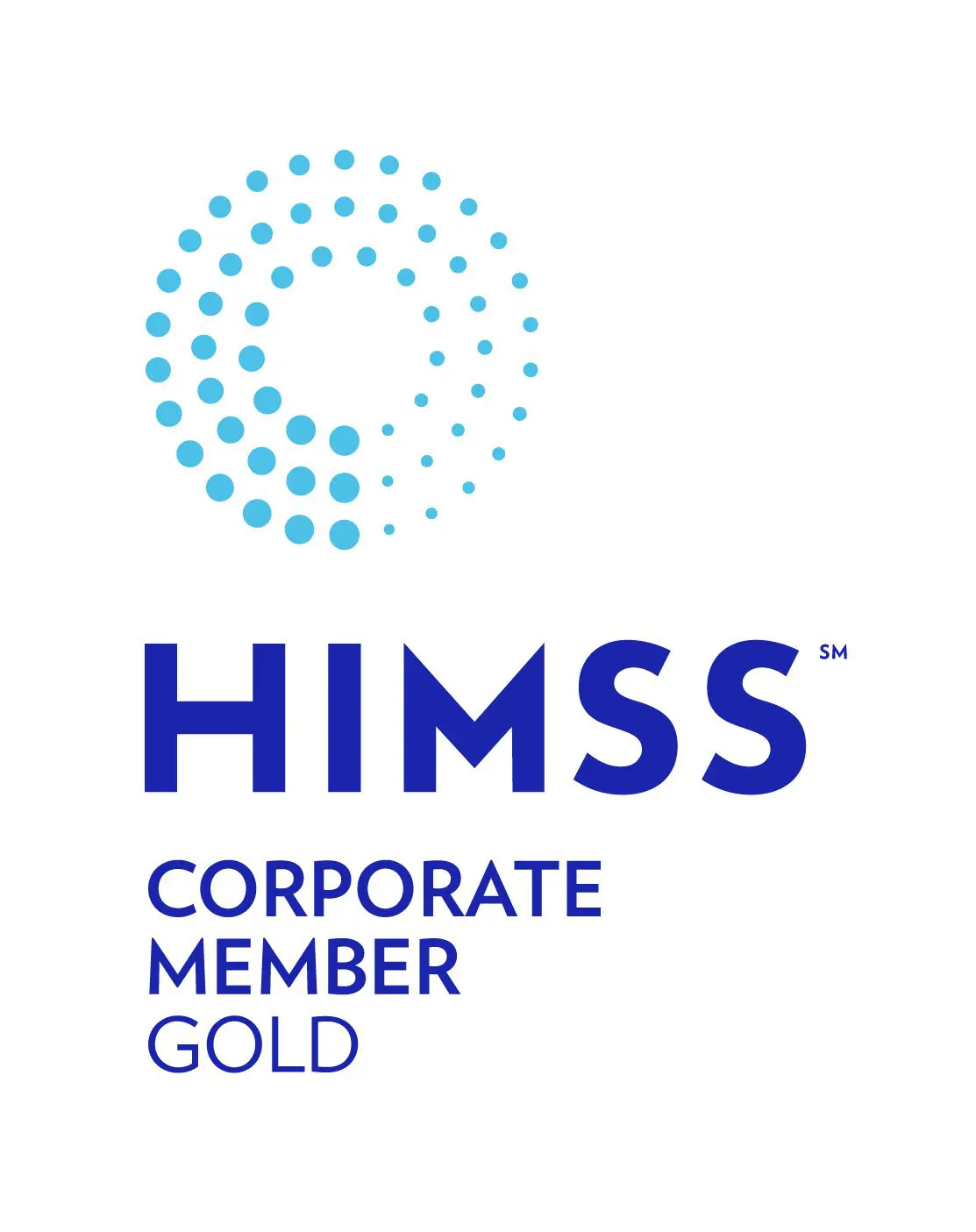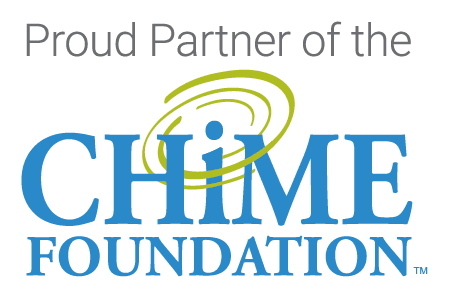
Medical groups are unseating hospitals as the most sought after merger and acquisition targets, according to a report by consulting company Accenture. The report forecasts that only eight percent of M&A deals between 2015 and 2018 will be hospital related, while 84 percent will be for non-acute providers (and the remaining eight percent for digital tools).
What does this mean for the IT department?
Merger and acquisition has a major impact on the IT department of a health system, especially if multiple ambulatory sites will be acquired annually. Plans must be made to integrate the practice management (PM), electronic health record (EHR), general ledger and other business systems from the newly-acquired entities into the existing infrastructure, or, to retire them. More often than not, plans are put in place to bring the staff from the acquired practice live on the go-forward EHR for the health system. A simple demographic data conversion that might include some key clinical data is performed. A period of time is then allowed for the legacy practice management system accounts receivables to be run down. After that, the data must be archived and the old PM/EHR systems decommissioned.
Legacy medical data management tips for IT during mergers and acquisitions
- Use a team approach. Involve the appropriate departmental resources at your organization early on in the migration planning process. Get data governance buy-in and planning input from clinicians, HIM resources, legal, revenue cycle management and compliance. Acknowledge early on that not every data point should be migrated to the go-forward EHR. Have a plan that includes what to do with the remaining clinical or financial data. This will likely include archival to a HIPAA-compliant storage area so that future requests for information can be fulfilled.
- Consider patient matching. Patient matching isn’t a fully automated event. It is best to assign a resource(s) to clean up duplicate records prior to migration for better results. Determine which field(s) to use as a match. While you shouldn’t expect a 100% match, your results will be higher if this pre-work is completed prior to the migration. Utilizing a third-party resource to do this work can keep the project on time and on budget.
- Involve an expert consulting/migration vendor team. Aggressive M&A strategies may require input from a third-party who can ask the “what if” and “have you considered” questions from their vast experience with helping other healthcare organizations complete similar projects. Experience is key in clinical EMR data migrations, and legacy healthcare data archive companies have the required expertise.
Archival as a strategy for legacy data
A solid legacy health data archive can be a smart step forward in managing historical patient and operational data well into the future. This solution offers compliance with the numerous local, state and national regulations. It also provides a single, easy-to-use solution for discovering historical information as its needed by payers, patient, employers and lawyers in years to come. As healthcare systems move toward a single go-forward EHR system in the future, so too should they streamline to a single archive to shore up the multitude of both ambulatory and acute care systems acquired along the way.
“We’ve helped hundreds of healthcare providers save their data in an archive,” says James E. Hammer, PMP, Vice President, Product & Program Management at Harmony Healthcare IT. “Archiving reduces maintenance costs for legacy systems and alleviates the need to keep personnel trained on how to use multiple systems. There are significant benefits to having historical records in one archive.”
Is your healthcare organization in the midst of a merger or acquisition? Are you in search of assistance for how to manage the data? We can help.

